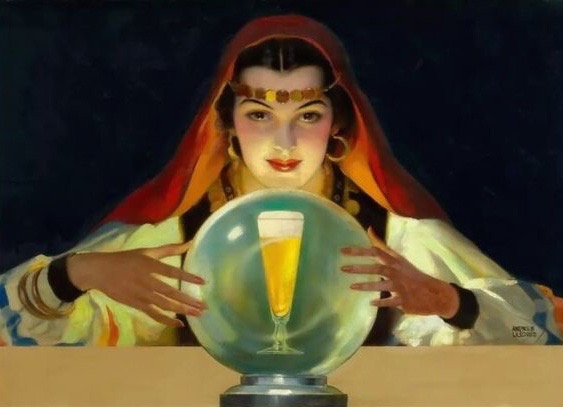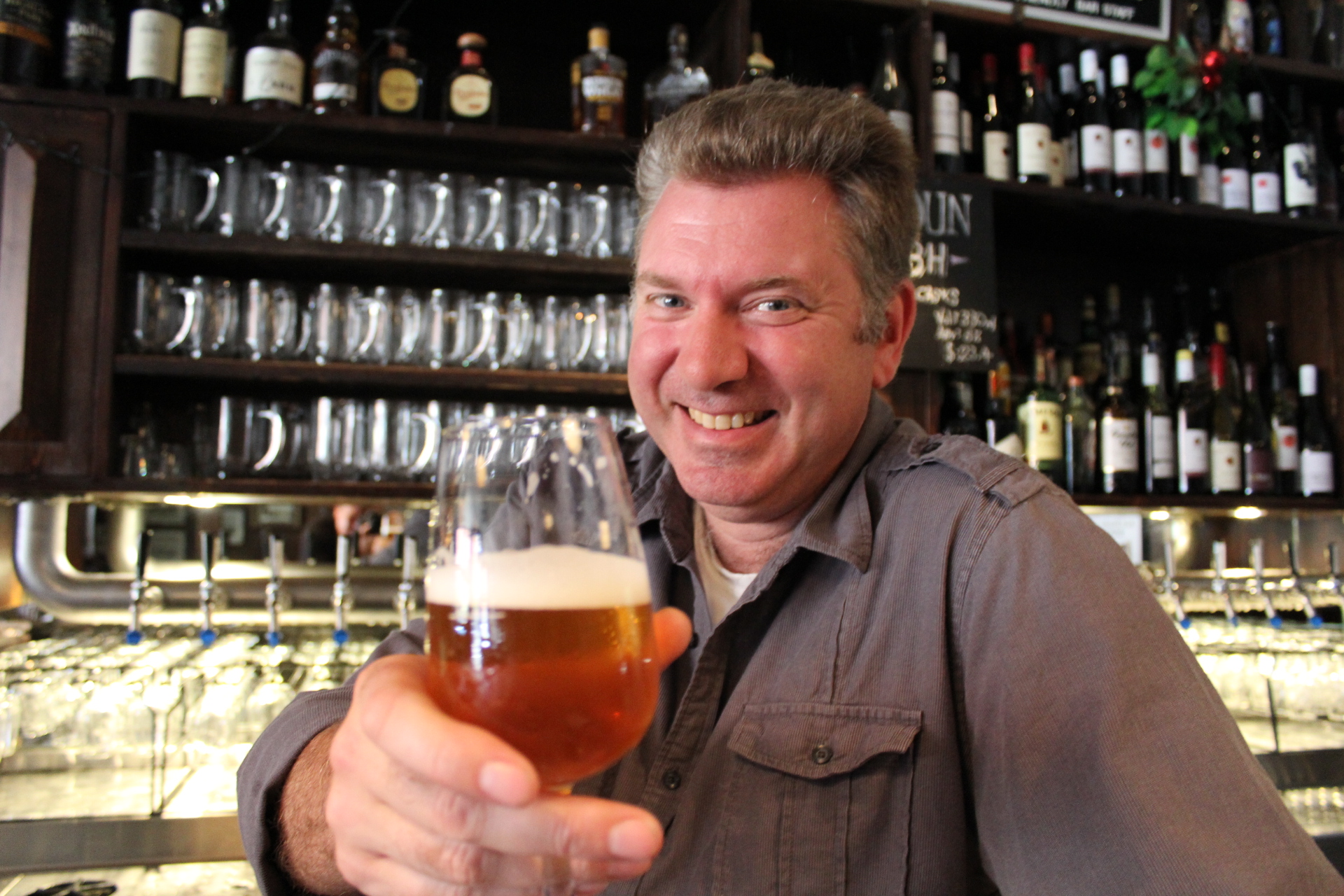
Is beer quality enough to ensure a healthy industry?
Now that the euphoria that swept across the country during the Australian International Beer Awards, Good Beer Week and GABS has subsided, it’s a good opportunity to reflect, take stock and look ahead at this thing we call ‘craft beer’.
At the risk of being thought overly optimistic, I’m happy to say that from the first day of AIBA judging to the final bell to close GABS in Sydney, I tasted very few poorly made beers. Sure, some were ‘tired’ due to travel and a couple didn’t quite achieve what they set out to do, but I’m happy to be a ‘glass-half-full’ kind of guy. The beer community is entering exciting times at the moment and what was a mere trickle 15 years ago would seem to be approaching tsunami status should the hype, excitement and loyalty to craft beer continue.
So, where to from here? If ‘craft’ is sitting pretty in the public psyche and the category is the only one experiencing growth, and every day seems to herald the opening of a new brewing concern, then it’s all sunshine, rainbows and lollypops. Isn’t it?
Have you ever wondered what the landscape might look like in five, ten and 15 years’ time? Before you do that, picture the brewery who makes the beer that puts the biggest smile on your face for the longest time. Got it? Imagine you’re sipping the beer, grinning uncontrollably and wondering if life could possibly get better than this. Now put the glass down and pick up the paper to read that this brewery is no more. Kaput. Fini. G.O.R.N. Enjoy the last drop of that beer.
While it’s lovely to think that we will, in fact, keep adding to the list of some 350 breweries currently operating in Australia, it’s more realistic to assume that change is coming. Even dismissing the stark reality that ‘craft’ is only around three per cent of the market and that many of the remaining 97 per cent will never find the same joy in swirling a glass of hoppy IPA or the subtle charms of a beautifully balanced Kolsch, things are bound to change.
So, what are the options? How many different views of the same landscape are possible? More new breweries? Some old favourites bought out/sold/merged/closed? A broader range of highly-hopped IPAs on the shelves? More ‘session’ beers and easy-drinking styles? Previously undiscovered traditional styles resurrected? A renewed focus on quality and consistency rather than novelty and gimmick and hype? A loyalty reserved for local and regional brewers as against nationally distributed brands?
An interesting take on this idea of ‘survival’ surfaced last week in a post by Josh Weikert on the beer based blog, Beer Simple. Far from the usual ‘there are too many breweries and only the ones making good beer will survive’ angle, he poses that, in fact, a more primitive and fundamental matrix will determine the survival of the fittest.
The piece assumes that the current fast-inflating bubble will most certainly burst at some stage in the future and that the survivors will be those who can capture the hearts and minds of the connoisseur. A warm and fuzzy feeling for the brewery/brewer coupled with an innate distrust of anything remotely resembling ‘big beer’ (true craft vs Faux Craft) will decide the ‘winners’.
“Ironically, beer quality may not matter (much) in predicting who survives the craft-beerpocalypse. What’s going to matter a lot more is how beer geeks think of craft beer, and how that identity informs their purchasing. In other words, this is more psychological than practical, and many poorly-brewing breweries are going to beat out high-performing breweries.”
He goes on (quite cleverly) to create a CSI – the Craft Suspicion Index – to be used when evaluating the street cred of the beer you’re about to buy.“…Brewing a lot? Maybe not ‘craft’ anymore. Distributing widely? Might be selling out or squeezing your former-fellow craft brewers. Call it the Craft Suspicion Index (CSI? Why not.). CSI = Output x Reach. The greater the CSI, the less ‘craft’ you are.”
We already see plenty of the ‘drink local’ mantra being chanted across the internets but do we sometimes force ourselves to support the ‘neighbourhood little guy’ because he is just that? Don’t we also need to support the brewer who, by playing smart and a little safe, has managed to send his beer across state borders? Do we sometimes punish the outfit who has grown ‘too big’ because we suspect that there must be foul play afoot in order for him to have grown like that?
The future, whatever that looks like, is up to you, the drinker, and you, the brewer. As drinkers we must not reward average. You can skip the macro-owned and obviously faux craft if that’s what you need to do. You can seek the best quality beer you can afford rather than blindly opting for the ‘Beer That Won the Battle of the IBUs’ because it rates well on social media. For brewers and venues, searching for ways to reduce the price of a pot would go a great way to winning the battle, too. And don’t blame excise or wages or materials cost– it’s the same for everyone and ain’t changing anytime soon.
During a Good Beer Week discussion with a prominent brewer the issue of market share and this survival topic was raised. The answer? Simple. It comes down to two factors only. Quality and price. Drinkers will choose to pay a higher price for a product they believe to be of a higher quality. Or, they will happily buy a beer that is less expensive than the alternative. A happy balance between the two might be just what ‘craft beer’ needs.
Over to you.
Prof’s Prophesy: What I think might happen in the next five years
 Twenty currently operating breweries have merged to form four new breweries who share equipment, bottling and distribution.
Twenty currently operating breweries have merged to form four new breweries who share equipment, bottling and distribution.- Twelve currently operating breweries are no more.
- Twenty breweries have been bought by large multi-national brewery corporations.
- Ten breweries have expanded into the South East Asian export market.
- Two breweries will have built new production facilities on the opposite side of the country.
- CUB Sab-Miller-Yak Co have just released Hop Yak, a session IPA, Pure Yak, a low carb malternative and Yak Daniels, a bourbon barrel aged barley wine.




